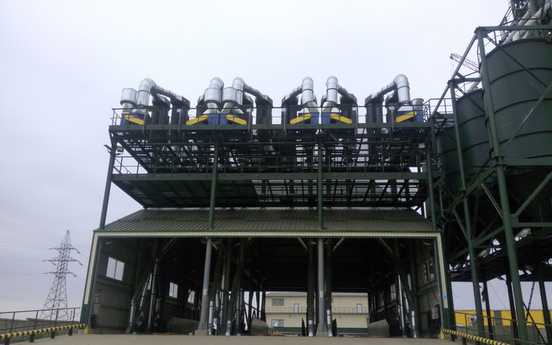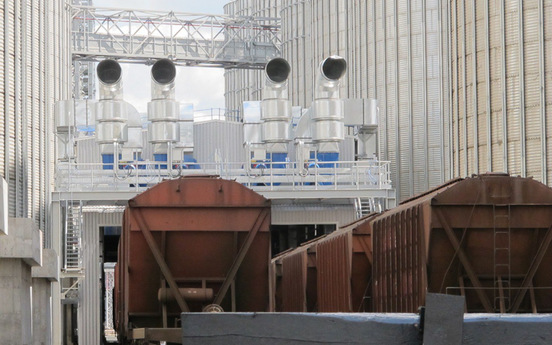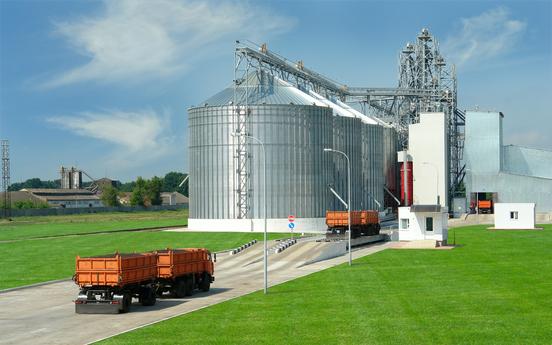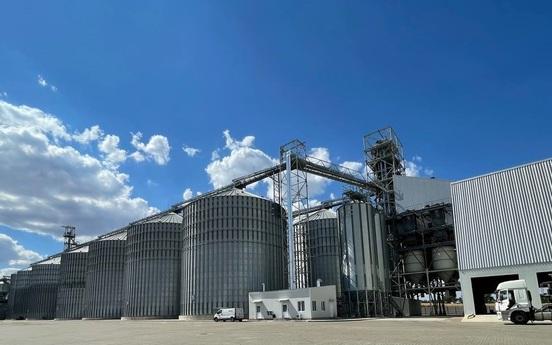Heat recovery: a modern approach to grain drying
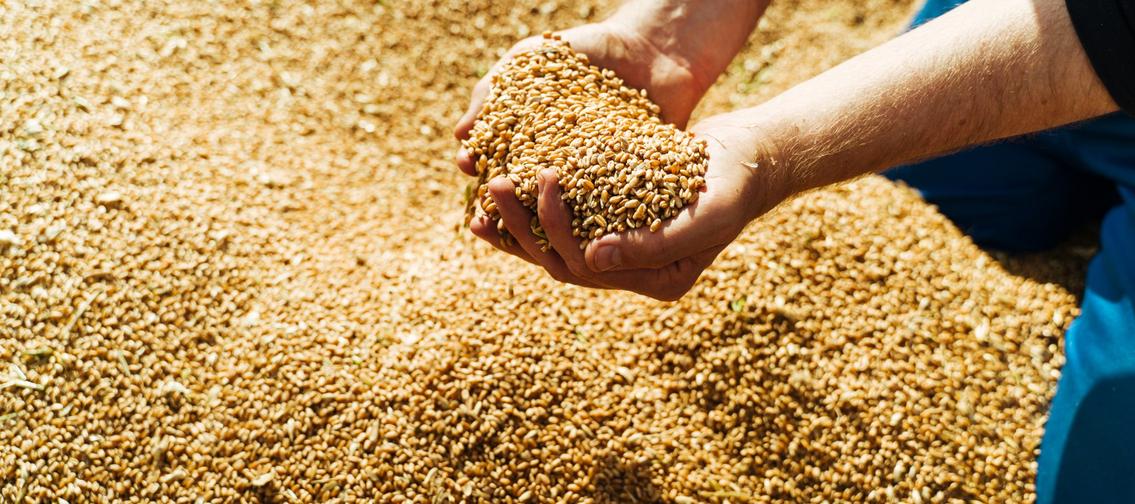
In modern agricultural production, grain drying is one of the most energy-intensive processes. The rising cost of fuel and the need for environmentally friendly production are forcing farmers and large enterprises to look for effective solutions to reduce costs. One of these solutions is heat recovery, an engineering approach that allows for the reuse of waste heat, significantly reducing energy costs.
In this article, we will look at what heat recovery is, how it works in grain dryers, what types of systems exist, their advantages, and practical tips for effective implementation.
What is recuperation?
Recovery is the process of reusing heat that is lost through ventilation ducts or exhaust air in traditional operating schemes. In grain dryers, this approach is realized through special recovery systems that redirect the heated air after cooling the grain back into the drying cycle.
Answering the question of what heat recovery is, we can say simply: it is a technology that allows to significantly reduce fuel consumption by reusing thermal energy. Let's name a few advantages:
- Efficient heat recovery – the heat recovery system can recover up to 60% of the heat from the exhaust air, reducing energy costs and increasing drying efficiency.
- Energy savings – the recovered heat can be used to heat fresh air, reducing energy consumption and heating costs.
- Reduced emissions – recuperation reduces the need for additional energy sources, which has a positive impact on the environment.
- Improved system efficiency – heat recovery significantly increases overall performance and reduces the load on the main heat source.
- Integration with existing systems – the heat recovery system can be easily integrated with various types of energy sources, such as gas, biomass, or other alternative sources.
- Environmental benefits – reduced fuel consumption and energy costs contribute to more sustainable use of resources and reduced environmental impact.
Thus, this approach reduces energy costs, increases drying efficiency and reduces CO₂ emissions.
Air recovery is equally important. This process involves mixing «fresh» cold air with warm, exhaust air that has already passed through the grain. Grain Capital grain dryers have the ability to adjust the air flow:
- Energy savings – ECO mode reduces energy consumption by optimizing airflow for more efficient drying with less resource use.
- Improved efficiency – Airflow control helps to achieve the required drying parameters without wasting energy, which contributes to the stability of the process.
- Flexibility of settings – The ability to customize the parameters for a specific type of grain and operating conditions ensures excellent drying quality regardless of changes in environmental conditions.
- Reduced noise and emissions – Not only does it save energy, but it also reduces noise and emissions, making your work more environmentally friendly and comfortable.

The role of recuperation in grain drying
Grain drying is a critical stage of post-harvest preparation. Improperly dried grain deteriorates faster, can self-heat, and lose marketability. But effective drying requires a significant amount of heat energy.
Heat recovery in this process allows part of the exhaust air - the least humid and already heated – to be returned to the heating chamber. In grain dryers, this principle can reduce fuel consumption by up to 30% compared to systems without heat recovery.
Air recovery is a way to avoid unnecessary energy losses. The air that has passed through the cooled grain is not simply thrown out, but is sent back into the drying cycle. This air recovery system not only saves money, but also ensures consistent drying quality, which is especially important when operating in the cold season.
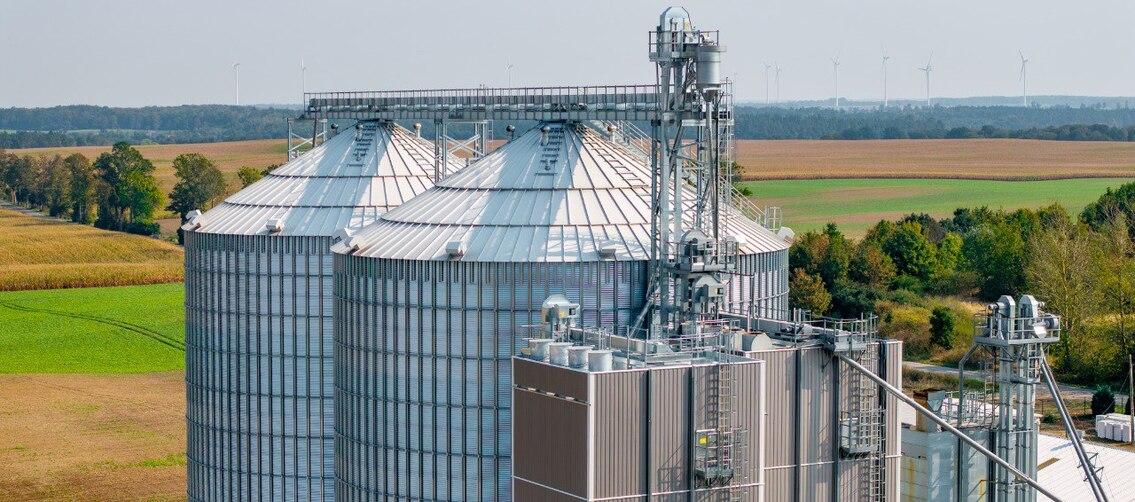
Types of recuperators in grain dryers
Grain processing complexes use different recovery systems, which can be divided into passive and active.
Passive air recovery works without additional fans. Air flows through the grain cooling zone by gravity. These are simpler and cheaper solutions, but they are less efficient because they are highly dependent on the outside air temperature and have limited control options.
Instead, active heat recovery involves the use of a special cooling fan. This fan forces air through the grain layer, providing more intense cooling and more efficient heating of the air for reuse. Heat recovery is what guarantees stable operation even at sub-zero temperatures, which is critical for drying corn in the fall and winter.
A modern grain dryer with active heat recovery can be equipped with flexible modes, temperature and humidity sensors, which increases the controllability of the process.
Economic and environmental benefits of the recovery system
Installing a heat recovery system is an investment with a proven payback. Reducing fuel consumption by up to 30% per ton of grain is a strong argument against the backdrop of high prices for gas or other energy sources.
In addition to direct savings, heat recovery ventilation minimizes heat loss in the premises, reduces the temperature of the exhaust air at the outlet, which improves working conditions for staff and reduces the risk of fire.
Recuperation also has a tangible environmental effect. Less fuel means less greenhouse gas emissions. For large elevators, this is not just a marketing bonus, but a response to modern environmental legislation and the possibility of obtaining sustainable production certificates.
Thus, the recovery system is an important solution for farms and elevator complexes.
Practical advice for farmers and businesses
- Before buying a grain dryer, ask the manufacturer if it has an air recovery system and whether it is passive or active.
- For regions with a cold climate, it is optimal to choose models with active recovery – the cooling system fan will ensure stable operation even at sub-zero temperatures.
- When planning to dry corn in late autumn or winter, be sure to provide additional options for controlling the temperature and power of the ventilation equipment.
- Grain Capital recommends regularly checking and cleaning the air ducts to maintain heat transfer efficiency.
- Adjust the optimal drying modes for specific grain drying methods – different crops have their own temperature and humidity requirements.
Recovery ventilation optimizes the drying process, reduces grain losses and ensures consistently high product quality.
Conclusion
What is an air recuperator? This is a practical solution that makes drying grain cheaper, more efficient and safer. By utilizing waste heat, farmers can reduce fuel consumption, increase dryer productivity, and reduce the negative impact on the environment.
A modern grain dryer with a heat recovery system is the answer to the challenges of a market where energy efficiency is becoming a key factor in competitiveness.
By investing in an air recuperator, farmers rely not only on savings, but also on business stability and environmental care. Therefore, the question of what an air recuperator is is a question of the future of the agricultural industry.
